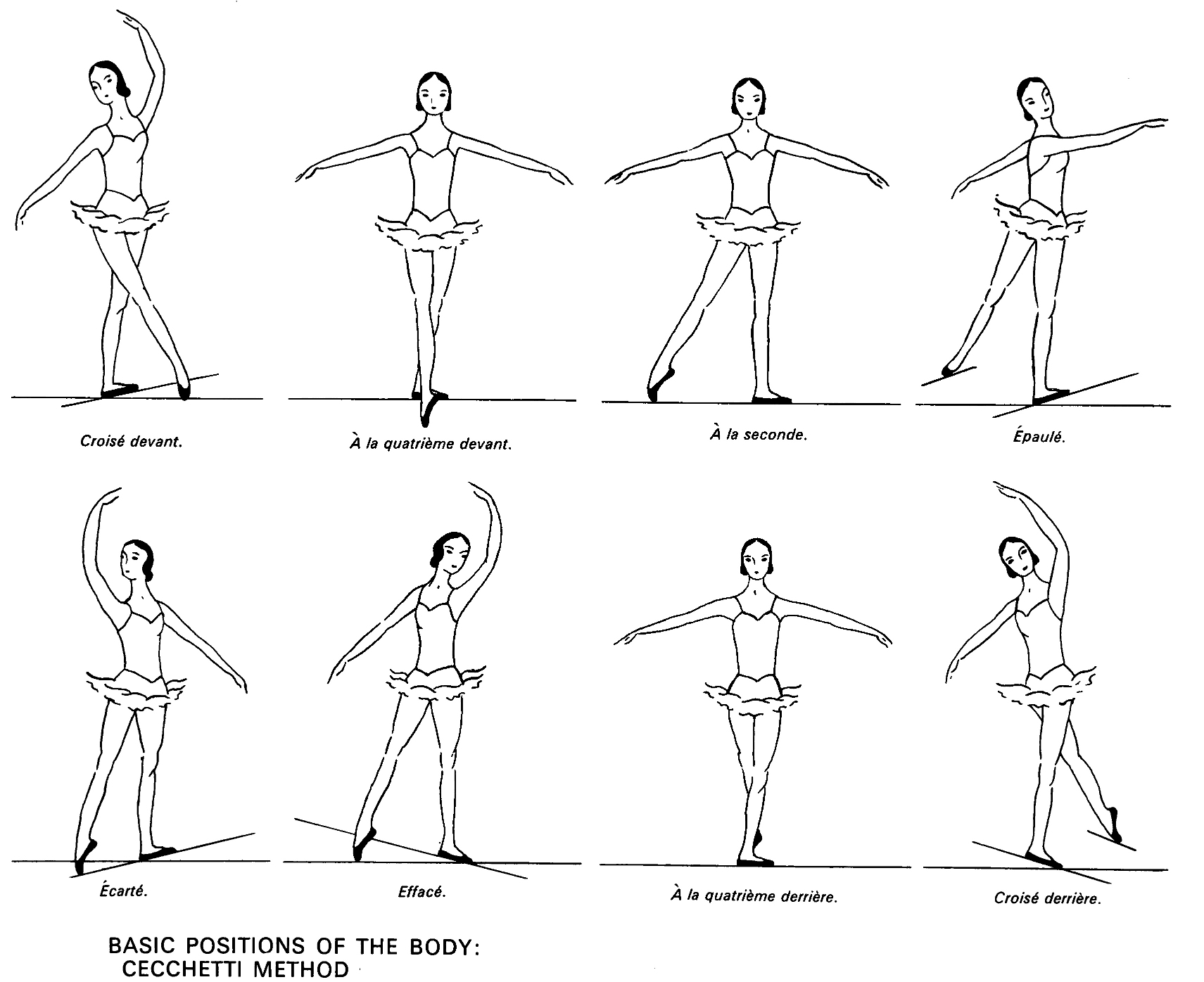Metamorphosis: 12 rules
1/11
There's no tags or description
Looks like no tags are added yet.
Name | Mastery | Learn | Test | Matching | Spaced |
|---|
No study sessions yet.
12 Terms
Rule One
POSTURE- We use our best ballet posture by pulling our “up” muscles (quads, arches, neck, waist, inner thighs) up and our “down” muscles (back, glutes, hamstrings shoulders) down, with our legs rotated out in the hips. We hold our turnout with our “wrap around” muscles (glutes+hips) and begin and finish every exercise in our best ballet presentation
Rule Two
STABILIZATION- Our muscles lift each bone off of the bone under it. The muscles surrounding a bone hold it still or move it. When we have the strength and technique to lift and hold our pelvis, we can gain control. Upper and lower body should be able to show different qualities of movement.
Rule Three
FEET-Our feet should usually be in one of 5 foot positions and we usually move our feet by sliding, rolling or pushing them. When we are not standing on a foot, we shape it into a beautiful “dancer’s foot”. 1st-premiere (closed) 2nd-seconde(open) 3rd-troisieme(closed) 4th-quatrieme(open) 5th-cinquieme
Rule Four
ARMS: We have primary arm positions and half positions that can be softened to create additional arm poses. We usually move our arms up through 5th in front and we usually lower them through 2nd and half 2nd. The muscles in our back and upper arms are the movers and holders for our arms. Our lower arms are the “shape makers”. 1st-premiere 2nd- seconde Half 2nd- demi seconde 3rd-troisieme 4th to the front- quatrieme en avant 4th to the high- quatrieme en haut 5th to the low- cinquieme en bas 5th to the front- cinquieme en avant 5th to the high- cinquieme en haut
Rule Five
TRADITIONAL BODY POSITIONS- We have 3 primary body positions that create a total of 8 positions of the body.
Crossed in front- croise devant
To the 4th in front- a la quatrieme devant
Spread- ecarte
Shaded-efface
To the 2nd- a la seconde
Shouldered-epaule
To the 4th in back- a la quatrieme derriere
Crossed in back- croise derriere

Rule Six
OUR STAGE Imagine standing in the center of a beautiful box. Each of our corners and walls has a number so that the dancer knows exactly where to face their body. See the diagram drawn below. When we move towards the audience we are moving downstage and when we move away from the audience we are moving upstage.
Rule Seven
SEVEN WAYS WE MOVE OUR BODIES THROUGH SPACE
bend (plier)
rise (relever) j
ump (sauter)
stretch (etendre)
turn (tour)
glisse (to glide)
elonce (to dart)
Rule Eight
THREE PLACES IN SPACE TO POINTE on the ground (a terre) halfway in the air (demi en lair) in the air (en lair)
Rule Nine
USE OF OUR HEAD We dance with our head erect, tilted, raised, lowered, or turned. When executing a turn our body begins the rotation. When our head has to move, turn it over the shoulder with a snap and the eyes focus on our spot.
Rule Ten
ARABESQUES AND ATTITUDES We have 5 traditional arabesques and 3 traditional attitudes en arriere. 1st arabesque (premiere) 2nd arabesque (seconde) 3rd arabesque (troisieme) 4th arabesque (quatrieme) 5th arabesque (cinquieme) Attitude in face (en face) Attitude croised (croise) Attitude shaded (efface)
Rule Eleven
MOVING WITH INTENTION Our brain is the “boss” of our bodies. The muscles learn through movement. To create the correct subconscious conversation from brain to muscles, we must practice with thought and mental effort as well as physical. Try to focus on something new each week.
Rule Twelve
TECHNIQUE Proper technique is knowing how to properly apply breathing, relaxation, strength, flexibility, stabilization, opposition, resistance, acceleration and deceleration.